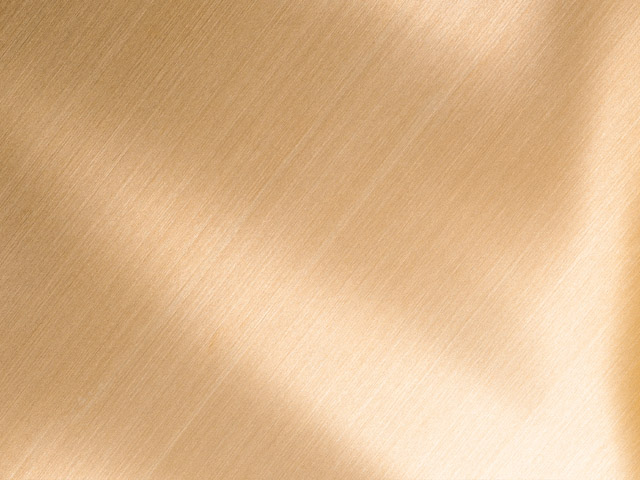Bronze is an alloy of copper and tin. Its base metal—copper—is known for its many useful properties, including corrosion resistance, malleability, and electrical conductivity. But copper has one prominent characteristic that sets it apart from other non-ferrous metals—it forms patina when exposed to oxygen.
Patina is a green or brown film that develops on the surface of copper, its alloys, and similar metals through a long period of oxidation. The patina that develops on copper starts off as pure brown and finally turns into hues of blue and green. One popular example of copper that has successfully formed patina after constant exposure to the elements is the Stature of Liberty.
This special quality of copper does not go away when it is alloyed with other metals. Therefore, bronze, is also capable of producing patina. In fact, its characteristic greenish-brown hue after many years of oxidation is a type of patina. And despite being stain by nature, it is one of the things that people love about this metal. In fact, some choose to speed up patination to achieve the elegant antique color of their bronze pieces.
If you have bronze furniture that you can’t wait to have the vintage look you’ve always desired, here’s a simple guide that you can follow.
Step # 1: Prepare the following materials—clean rag (or paper towels), container, hydrogen peroxide, rubber gloves, salt, white vinegar, and of course the bronze piece. Any kind of salt should be fine and wearing gloves is optional but recommended.
Step # 2: Rinse the metal properly. Make sure all grooves are free from dirt. If the metal is slightly oily, degrease it thoroughly until all oil is washed up. Then dry the furniture piece until there’s no trace of moisture, which might get in the way of patination, found on the metal’s surface.
Step # 3: Pour vinegar and salt into the container and soak the bronze furniture. Make sure that the furniture is completely submerged. You can expect the color of the metal’s surface to change slowly. The color of patina depends on several factors, including soak time and temperature. To intensify the oxidation, you can pour peroxide into the solution. Once you achieve the color that you want, remove the metal from the container and dry it properly.
You can do this on any kind of bronze item you want to patinate. Whether it’s a bronze sheet metal, tube, or bar, so long as you have sufficient materials and patinating agents, you can do this at home. To ensure that you will achieve high-quality patina, purchase your metal from a trusted supplier, such as Rotax Metals.
Sources:
HOT PATINA ON BRONZE, instructables.com
What Is Patina?, thebalance.com


